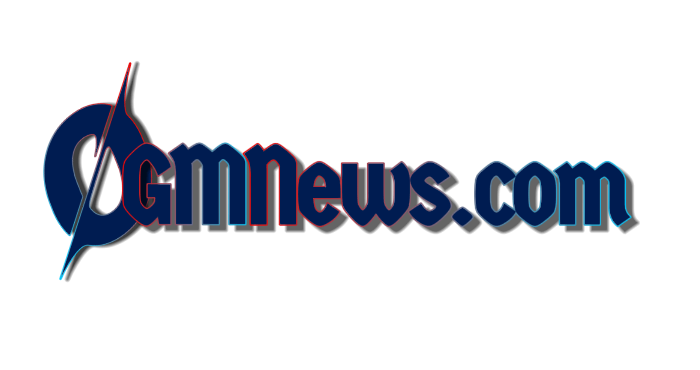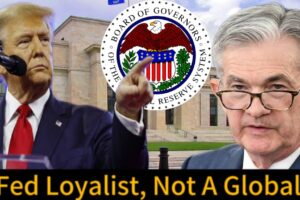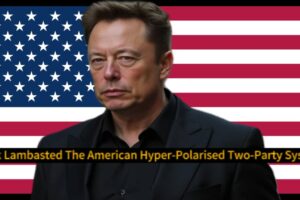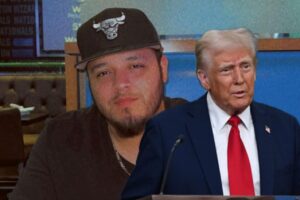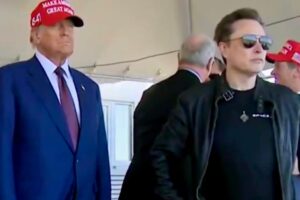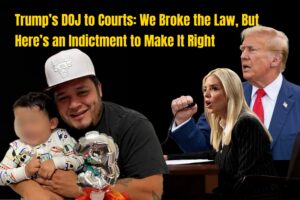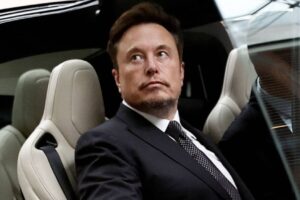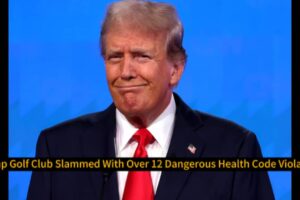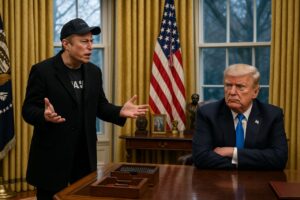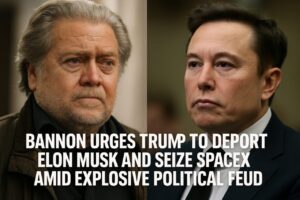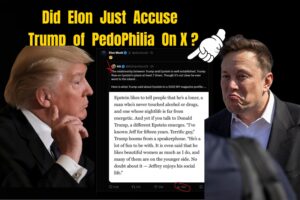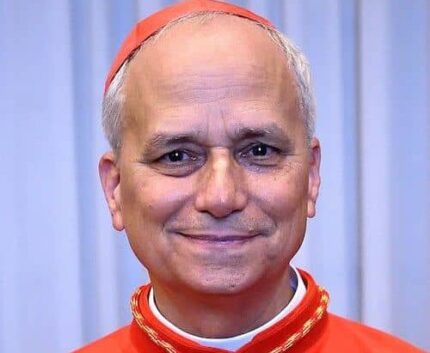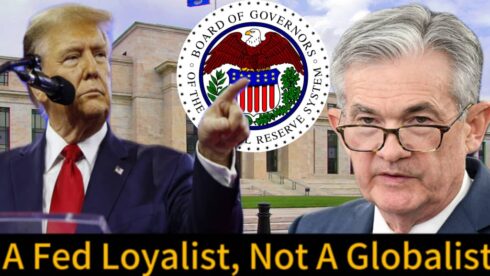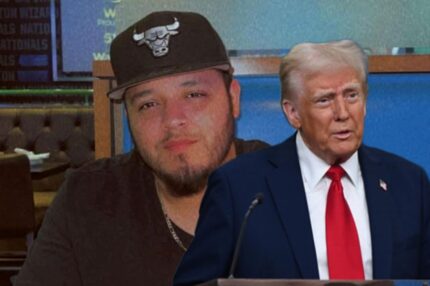In a landmark decision, the Roman Catholic Church elected its first-ever American-born pope on May 8, 2025. Cardinal Robert Francis Prevost, originally from Chicago, Illinois, was chosen as the 267th pope by 133 cardinal electors during a conclave at the Vatican. Upon accepting the papacy, he took the name Pope Leo XIV, signaling a new chapter for the global church.
The decisive election was reached on the fourth ballot, concluding the two-day conclave. The announcement was made with the traditional Latin declaration “Habemus Papam” from the balcony of St. Peter’s Basilica, an hour after white smoke billowed from the Sistine Chapel chimney. The crowd gathered in St. Peter’s Square responded with a mixture of stunned silence and applause at the unprecedented selection of an American pontiff.
A Moment of Celebration and Reflection in St. Peter’s Square
The atmosphere at the Vatican was electric as thousands of pilgrims, tourists, and clergy waited in anticipation beneath overcast skies. When the white smoke appeared around 6:00 p.m. local time, signaling that the cardinals had successfully elected a pope, cheers rippled across St. Peter’s Square.
An hour later, the new pope stepped onto the balcony, raising his hands in blessing over the faithful gathered below. “Brothers and sisters, good evening,” he began, echoing Pope Francis’ humble greeting from 2013. His announcement was met with another wave of applause, as he called for unity and compassion in an era of division and uncertainty.
“I pray that together, we may continue the journey of faith, hope, and love,” Pope Leo XIV told the crowd, pledging to uphold the church’s mission while addressing modern challenges. His words were seen as a bridge between continuity and reform, setting the tone for his pontificate.
Who is Pope Leo XIV? Insights into the New Pontiff
…… . At 70 years old, Pope Leo XIV brings decades of pastoral and theological experience to the papacy. Before his election, he served as prefect of the Dicastery for Bishops, playing a key role in appointing bishops worldwide. He is widely regarded as a centrist, blending progressive social outreach with traditional doctrinal positions.
Supporters note his advocacy for the poor and marginalized, following in the footsteps of Pope Francis. However, he has maintained conservative stances on certain doctrinal issues, such as opposing the ordination of women as deacons. His leadership style has been described as pastoral, collaborative, and pragmatic, qualities that many believe prepared him for the weighty responsibilities of leading the world’s 1.4 billion Catholics.
The 2025 Conclave: A Swift Yet Decisive Process
The conclave that elected Pope Leo XIV was relatively swift by historical standards, lasting just two days. It began on the afternoon of May 7, with the 133 cardinal electors entering the Sistine Chapel under strict secrecy. After their initial vote, black smoke indicated no consensus.
On the morning of May 8, two more rounds of voting produced the same outcome. However, by the afternoon session, a decisive fourth ballot yielded the required two-thirds majority. White smoke emerged shortly after, signaling that a new pope had been chosen. The timing was in keeping with recent conclaves, such as the 2013 election of Pope Francis, which also concluded on the second day.
In contrast, historical conclaves have varied widely in duration. The longest conclave, in 1268-1271, spanned nearly three years, while the shortest, in 1503, lasted only ten hours. The 2025 conclave reflected the modern church’s preference for prompt decision-making in times of transition.
Challenges and Hopes for the Papacy of Leo XIV
Pope Leo XIV steps into the papacy at a time of significant global and ecclesial challenges. He inherits ongoing efforts to address clergy abuse scandals, declining church attendance in some regions, and debates over doctrinal reforms. His predecessor, Pope Francis, left a legacy of outreach to the poor, interfaith dialogue, and calls for environmental stewardship.
Observers note that Pope Leo XIV will need to navigate tensions between reform-minded Catholics and traditionalists, balancing calls for change with preserving church unity. Early statements from Vatican officials suggest that he intends to continue Francis’ emphasis on mercy and inclusion, while also reaffirming doctrinal foundations.
As the first American pope, his election is expected to invigorate Catholics in the United States and across the Americas, signaling a shift in the church’s global center of gravity. Yet, Pope Leo XIV emphasized his role as “a shepherd for all,” reminding the world that the papacy transcends national origins. The coming months will reveal how he translates this vision into action, as Catholics worldwide look to the Vatican for guidance and hope.
